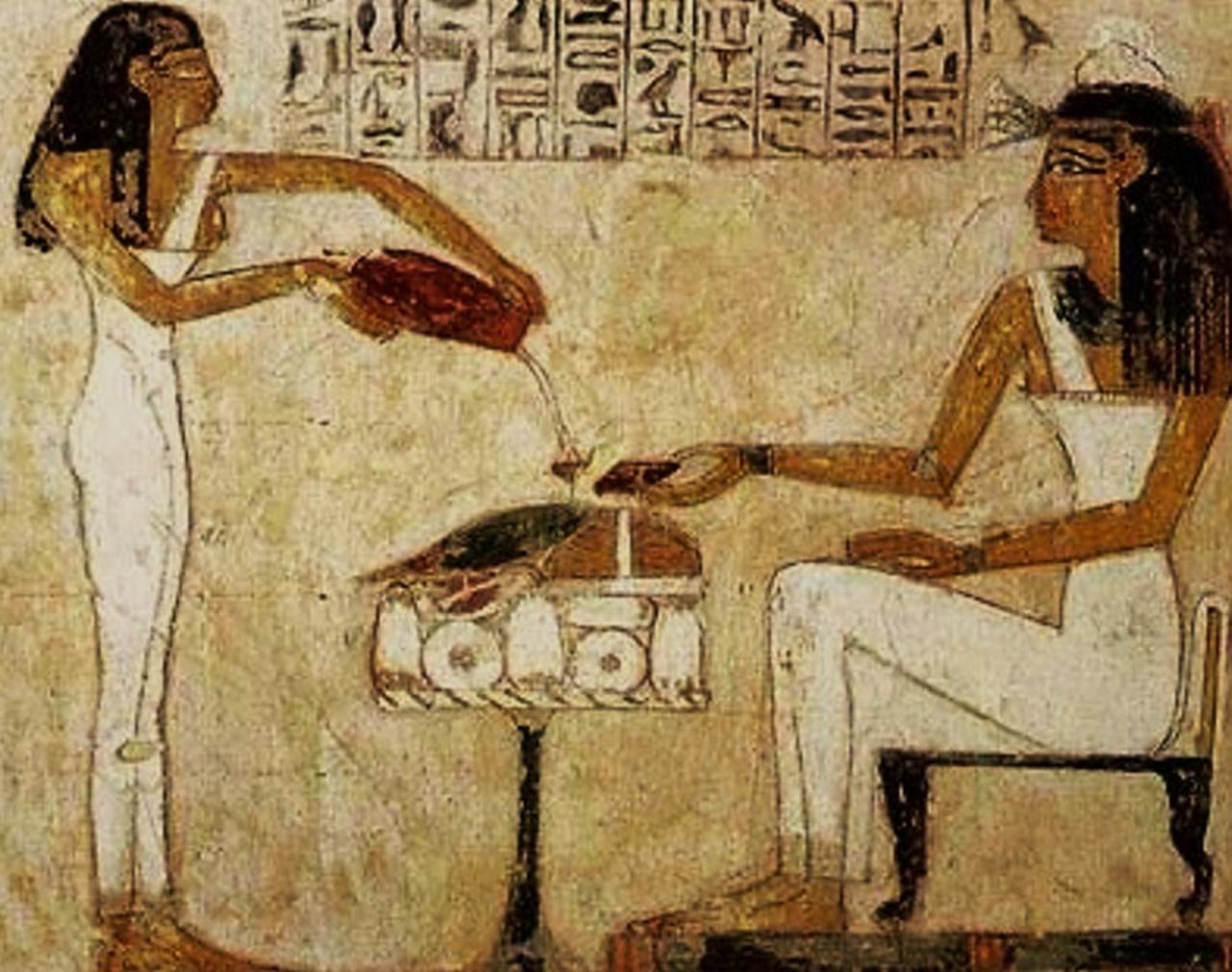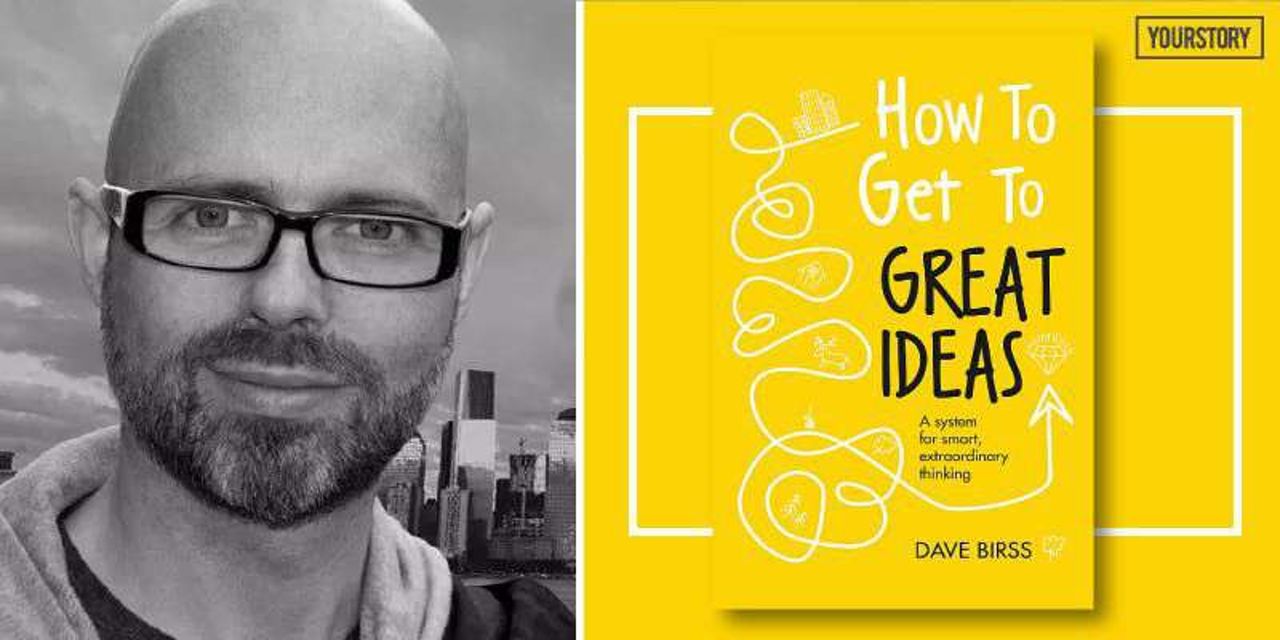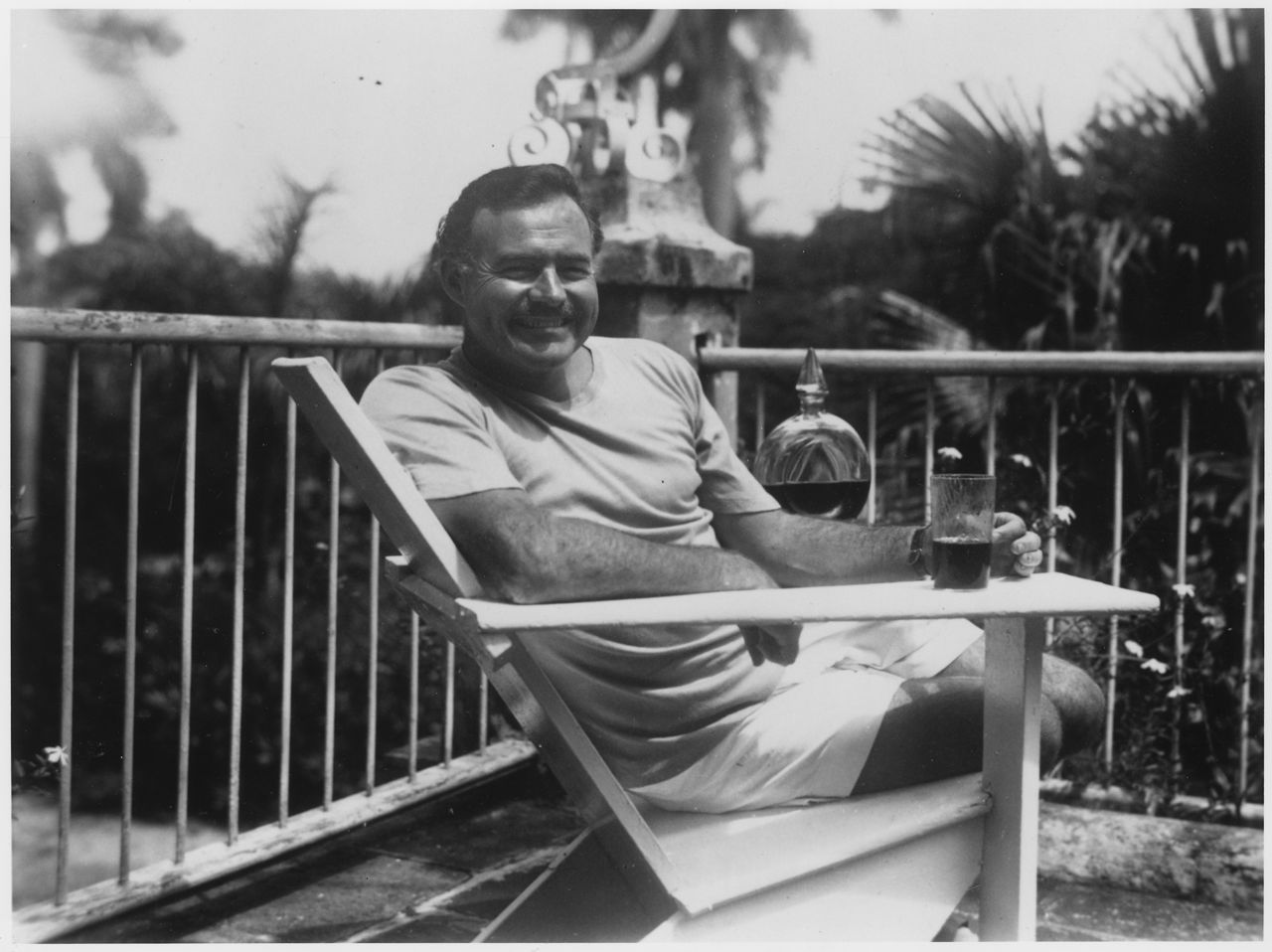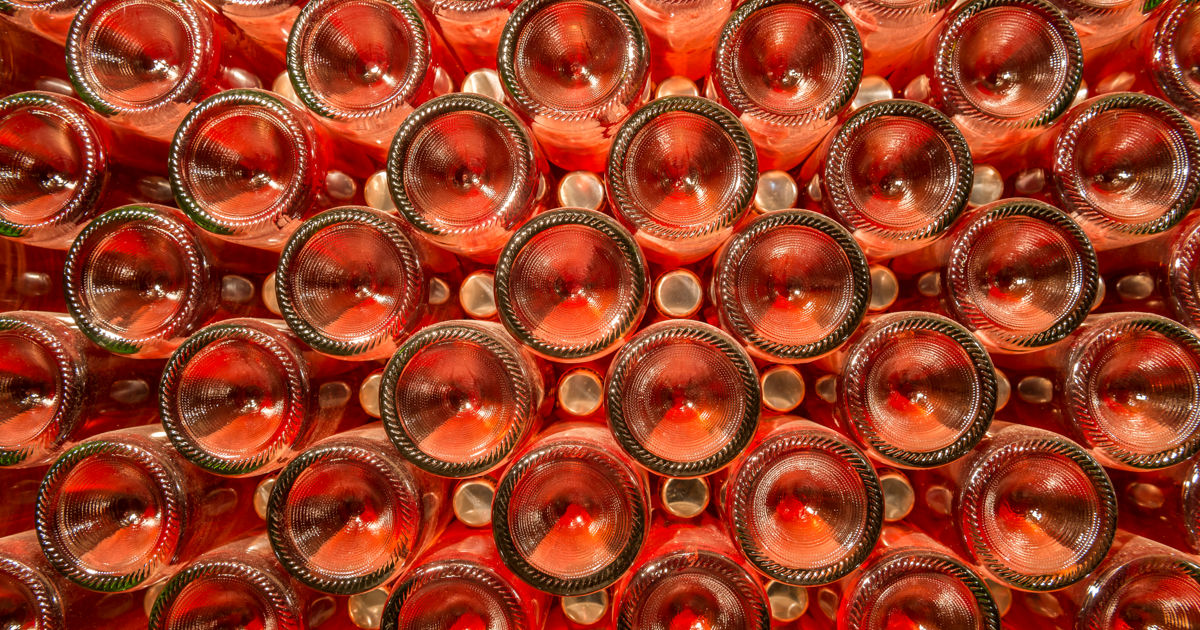Amy Kean asks; Cannes you do it sober?
shots' columnist sups on sobering statistics as she investigates our industry’s hot new trend: the booze-free bandwagon. As the young turn away from hedonism, is our top festival’s inebriation imperative just a hangover from the past?
“Write drunk, edit sober” said Ernest Hemingway, the alcoholic.
Creative geniuses of every era have been known to rely on the amazing grape. Even the hieroglyphics artistes of 2000 BC depicted scenes of beer-guzzling, including the ancient Egyptians’ own ‘festival of drunkenness’ where kids as young as two would get proper mashed and have a lovely, liberated time.
The reason alcohol is so good at getting our cogs turning in whizzier ways is because it removes the filter. The voice in your head that worries how people will respond to an idea.
In 2012, some (probably pissed) psychologists (Jarosz, Colflesh and Wiley) produced the best-named research study ever: Uncorking the muse: Alcohol intoxication facilitates creative problem solving. They asked drunk and sober groups of people to solve word-play problems, and the intoxicated ones far outshone their dry counterparts when it came to lateral thinking. The conclusion: booze can make you a better creative.
I know lots of business deals that were conducted drunk, many of which I’d imagine I’m not legally allowed to tell you about.
According to Dave Birss, the author of How to Get to Great Ideas; “There’s lots of anecdotal evidence that indicates a couple of drinks can help you creatively. For example, the first piece of copy I ever wrote was produced with the assistance of several pints of Guinness. It ran without any client amends and ended up winning a best copy award.”

I was industry-raised on a diet of vodka Red Bulls and long Friday lunches. Lager-fuelled pitch rehearsals, company away days with a spring roll buffet and endless rosé. Jollies. So. Many. Jollies. (I now get hangovers so existentially-threatening that I drink very little.) Adland’s relationship with alcohol is pronounced, and has been since the always-on classiness of Mad Men whiskies. I know lots of business deals that were conducted drunk, many of which I’d imagine I’m not legally allowed to tell you about.
The idea drugs and alcohol give artists unique insights and powerful experiences is an illusion. When you try to capture the experiences, they’re often nonsense.
But the booziest of them all, the excessively percentaged epicenter of our creative world, our own modern festival of drunkenness, is Cannes. I’ve never been. But we all see the nonsensical 3am tweets. The snaps of la Croisette, the bulging beakers of Aperol Spritz. We hear the stories that shouldn’t be repeated and see grainy videos of confused celebrities being interviewed.
Is Cannes really past its best, or is it just the thirsty lifestyle?
To investigate what Cannes has become in the minds of marketers, I conducted some highly technical and robust research via a Twitter poll to check the vibe. The excellent news is that a whopping six per cent of respondents said they’re planning to make 2019 their first sober year at Cannes. Good luck to them! 40 per cent however, described Cannes as a ‘big old piss up’. What’s most concerning is that whilst 23 per cent said they went to Cannes to party and learn, a further 31 per cent believe the festival is ‘past its best’. Sobering statistics. One tweeter (in response to my poll) described Cannes as a “self-indulgent circus for an industry that’s fundamentally lost”, packing an indisputable (non-alcoholic) punch. But is Cannes really past its best, or is it just the thirsty lifestyle?

Above: Dave Birss and his book, How to Get to Great Ideas.
Cock-eyed on the Croisette
Cannes is synonymous with excess, but here’s the problem: excess is becoming unfashionable. The industry is moving in a new direction: a plastic-free age of environmental savviness, conscientious messages and diversity, at odds with the exclusive hedonism the festival has historically encouraged. All the studies signal sobriety as the latest trend the creative industries need to get on board with: the low- and no-alcohol ‘spirits’ category is expected to grow 81.1 per cent between 2018 and 2022 in the UK (according to the drinks industry report, IWSR, 2018). 46 per cent of people under the age of 35 now order mocktails, compared to just 16 per cent of consumers over the age of 35 (Diageo 2018).
Last year Heineken’s ‘now you can’ strapline for their non-alcoholic beer mainstreamed the consumption of booze-free beverages, and was widely referred to as the ‘most inclusive’ of their campaigns for some time. It’s well-documented that young people drink less; whenever I get lost in a LinkedIn rabbit hole (I always need a long shower afterwards) I see plenty of successful young’uns boasting about their sobriety and productivity. Young people just aren’t inspired by getting pissed at parties anymore.
All the studies signal sobriety as the latest trend the creative industries need to get on board with: the low- and no-alcohol ‘spirits’ category is expected to grow 81.1 per cent between 2018 and 2022 in the UK.
If the industry’s in need of some reputation management, perhaps clear-headedness is an easy win. Perhaps it’s an essential evolution. The reason alcohol is so good at getting our cogs turning in whizzier ways is because it removes the filter. The voice in your head that worries how people will respond to an idea. Filter removal can be great, but also problematic when behavioural. The ad industry’s 2018 report on sexual harassment, #TimeTo, found that 20 per cent of harassment cases involved alcohol and 18 per cent occurred at work parties. In fact, ‘alcohol, parties and taxis’ were cited as the three biggest risks in our industry today.

Above: Ernest Hemingway enjoys a drink.
Whilst lubrication might’ve been beneficial during the production process for Hunter S Thompson wannabees, whether for lifestyle, health or religious reasons it’s not for everyone. Cannes needs to acknowledge this. Psychiatrist Dr Iain Smith believes we need to stop glorifying mind-altering substances, as it’s a dangerous myth that intoxication makes for better work: “The idea drugs and alcohol give artists unique insights and powerful experiences is an illusion. When you try to capture the experiences, they’re often nonsense,” he says. In fact, according to Smith, even Ernest Hemingway’s best work came from periods of no alcohol. Rather, talk of inebriation is often exaggerated to paint the picture of a reckless, tortured and fascinatingly flawed artist.
Might this be the year that ad men and women set themselves apart from the ancient Egyptians, self-edit, and do Cannes responsibly?
No doubt if you attend Cannes this year you’ll hear about a lot of shiny trends and revolutionary updates: 5G, artificial intelligence, automation, the ongoing appeal of various realities; you may even learn about the reinvigoration of zines and cartoons, which has been bubbling under the surface for a while. But Cannes is an experience, as well as an awards initiative. It needs to excite a new generation of creatives, and content alone won’t do this. It seems the tired and hungover face of the festival needs a lift. We all love a bandwagon: and sobriety is a great one. Might this be the year that ad men and women set themselves apart from the ancient Egyptians, self-edit, and do Cannes responsibly?
)




 + membership
+ membership








